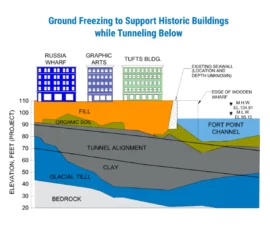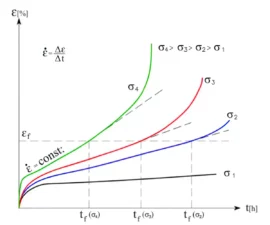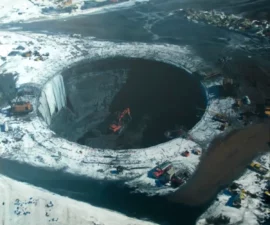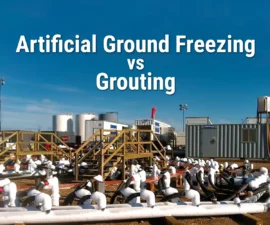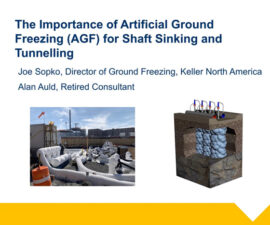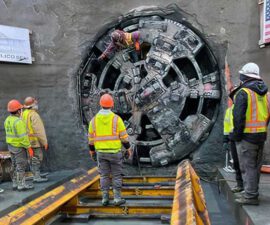Tunneling below the three Russia Wharf buildings in downtown Boston for a light rail passenger line required support to prevent damage to the timber pile-supported structures. Ground freezing provided tunnel face stability and prevented groundwater flows.
Read MoreSite Investigation for Shaft Sinking Projects Requiring Artificial Ground Freezing (AGF)
This paper sets out the information required from a site investigation necessary for the successful design and construction of shafts which need Artificial Ground Freezing (AGF) for ground stability control and or groundwater ingress prevention during sinking.
Read MoreArtificial Ground Freezing on a Large Scale
This paper reviews past mine projects where an innovative approach has been adopted using
Artificial Ground Freezing (AGF) on a large scale for their successful completion. The importance of the process of AGF in the mining world cannot be overstated. In fact,
without ground freezing in many cases, such construction works would not have been possible.
Artificial Ground Freezing vs Grouting
Artificial Ground Freezing (AGF) has long been established as a reliable technique for the stabilization of weak and/or water-bearing strata, as an aid to excavation for shafts and tunnels, many engineers still regard it as a high-cost solution of last resort. This paper attempts to identify some of the salient factors which influence the cost-effectiveness of the AGF process versus the use of grouting.
Read MoreThe Importance of Artificial Ground Freezing (AGF) for Shaft sinking and tunneling
Ground Freezing’s history, components (Analysis and design, Drilling and installation, Coolant distribution manifold, Refrigeration plant, Instrumentation, and Excavation), and historical and current use cases and implementations.
Read MoreGround Freezing for Two Frozen Shafts at the Bergen Point Outfall Tunnel
Construction of a 9700m, 180cm diameter effluent pipeline required tunnelling from an existing sewage treatment plant to a barrier island outfall structure. Construction of the tunnel required a launching shaft at the plant and a receiving shaft at the barrier island. Artificial ground freezing was specified as the method to provide temporary earth support and groundwater control at the launching shaft and selected by the contractor for the receiving shaft.
Read More- 1
- 2
- 3
- …
- 5
- Next Page »
